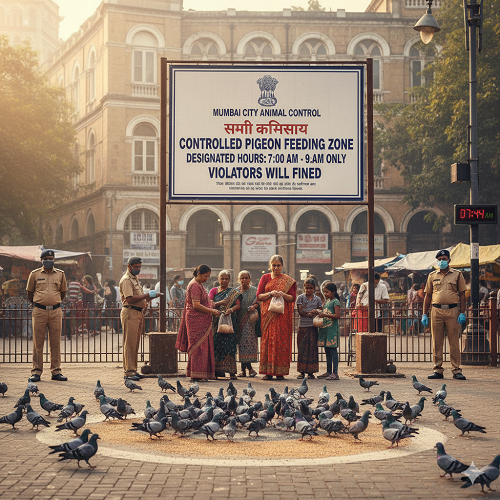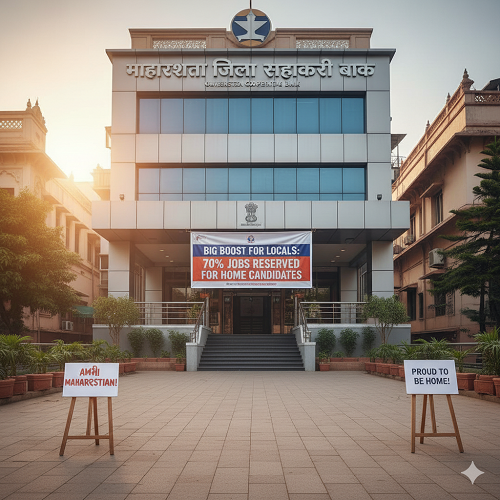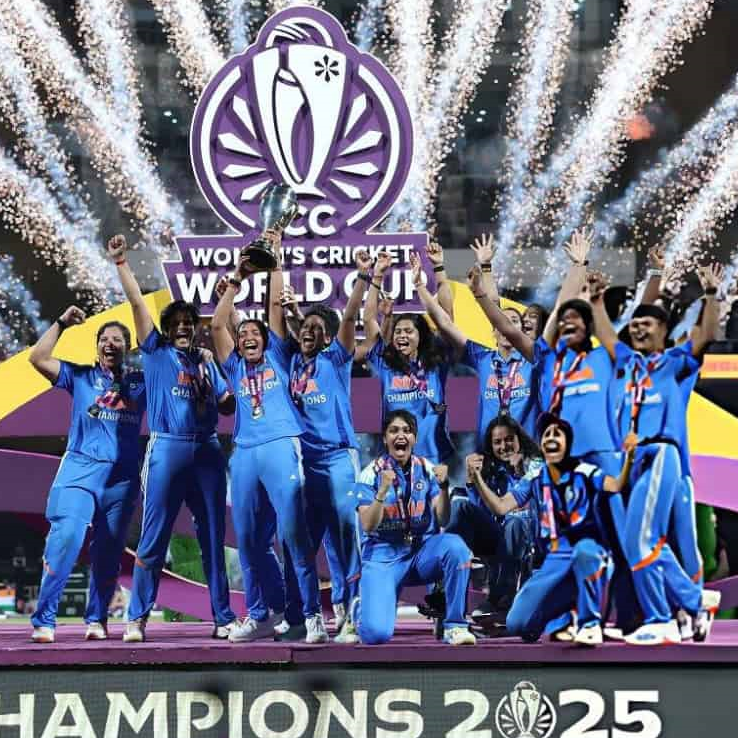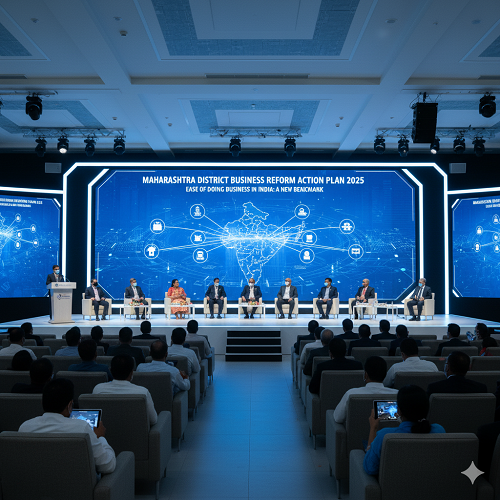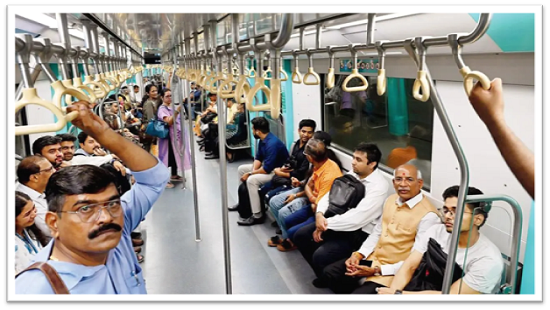
Mumbai’s Underground Revolution: Metro Aqua Line 3 Crosses 38.6 Lakh Riders in October, Setting New Records
Mumbai’s first fully underground metro, the Aqua Line 3, has made a resounding debut, recording over 38 lakh passengers in October. The ridership figures reflect not only the project’s operational success but also the growing faith of Mumbaikars in modern, efficient, and sustainable public transport. This milestone marks a major leap for India’s financial capital, which has long grappled with traffic congestion and overcrowded suburban rail networks.
Launched earlier this year, the Aqua Line 3 connects key areas across South and North Mumbai, revolutionizing the way citizens move through the city. With 27 stations spanning a 33.5-kilometer stretch, the line offers a seamless, time-saving alternative for office-goers, students, and daily commuters alike. The metro’s underground structure has also helped ease surface congestion, reduce pollution, and enhance overall commuter convenience.
According to official data, the Aqua Line carried a total of 3,863,741 passengers between October 1 and October 31. The consistent ridership growth and record-breaking numbers highlight the public’s quick adaptation to the new system, underscoring Mumbai’s readiness to embrace advanced transport infrastructure that aligns with global urban mobility standards.
A Month of Strong Ridership Growth
The Aqua Line’s performance throughout October reflects growing commuter confidence and satisfaction with the new underground network. From October 9 to 31 alone, the metro recorded 3,333,684 passengers, a significant increase from its initial operational phase.
Officials noted that the weekday average stood at 141,024 passengers, indicating strong adoption among daily office-goers and regular commuters. The highest single-day ridership in October touched 182,461 passengers, setting a new record for the recently launched corridor.
This consistent growth underscores how the Aqua Line has quickly become one of Mumbai’s most reliable public transport options, offering faster travel and a smoother ride across congested urban zones.
Connecting Mumbai’s Heart
The Mumbai Metro Aqua Line 3, often referred to as the city’s “Aqua Lifeline,” is Mumbai’s first fully underground metro route. It connects key business districts, residential areas, and transit hubs including Colaba, Bandra, and SEEPZ, creating a direct and uninterrupted link between the southern tip and the northwestern parts of the city.
Stretching across 33.5 kilometers and comprising 27 stations, the Aqua Line represents one of the largest and most complex urban transport infrastructure projects in India. Its design aims to relieve pressure on Mumbai’s heavily burdened suburban rail and road networks while offering an environmentally friendly alternative to road travel.
Eco-Friendly and Time-Saving
The underground design of the Aqua Line has brought major environmental and logistical benefits. It reduces surface congestion, lowers vehicle emissions, and shortens travel times dramatically. Commuters traveling between Colaba and SEEPZ now experience significantly reduced journey times compared to traditional road or train routes.
With trains operating at regular intervals and featuring modern air-conditioned coaches, the line provides a comfortable and efficient commuting experience for thousands of Mumbaikars daily.
Digital Innovation, WhatsApp Ticketing Introduced
To make travel more seamless, the Mumbai Metro Rail Corporation recently introduced a WhatsApp-based ticketing system for Aqua Line commuters. The service allows passengers to book tickets instantly using the messaging app, enhancing convenience and reducing queues at ticket counters.
Passengers simply need to send “Hi” to +91 98730 16836 or scan the QR code displayed at metro stations to generate a QR-based WhatsApp ticket through an easy, conversational interface.
Officials have stated that this digital initiative aims to promote cashless transactions, save time for commuters, and encourage the use of sustainable public transport.
Impact on Mumbai’s Transport Network
The success of Metro Line 3 is expected to play a pivotal role in reshaping Mumbai’s mobility landscape. The underground corridor connects major employment hubs such as the Bandra-Kurla Complex, Worli, and Nariman Point, offering thousands of daily commuters a faster, safer, and more reliable alternative to road traffic.
Urban planners and transport experts believe that as ridership continues to rise, the Aqua Line will help reduce vehicular congestion on major arterial roads and cut travel-related carbon emissions. With nearly four million passengers using the line in its first full month, the metro is already easing pressure on Mumbai’s overburdened transport infrastructure.
Growing Confidence Among Commuters
The MMRC has attributed the steady rise in ridership to improved last-mile connectivity, reduced travel times, and the comfort of the underground journey. Many commuters have praised the metro for its punctuality and cleanliness, describing it as a much-needed upgrade to Mumbai’s public transport experience.
Regular passenger surveys are being conducted to assess commuter satisfaction and identify areas for further improvement. The feedback collected will help guide operational adjustments as the metro expands and integrates with other lines.
A New Era for Mumbai Mobility
The Aqua Line’s early success is not just a transportation achievement but a reflection of Mumbai’s rapid modernization. As the city continues to grow, the expansion of the metro network is expected to redefine urban commuting by offering faster, greener, and more inclusive connectivity.
The first month’s ridership figures signal a strong start for the underground network, which will eventually connect with other metro lines to form a seamless web of rapid transit across the metropolis.
With its combination of technological innovation, commuter-friendly design, and environmental sustainability, Mumbai Metro Line 3 has set a new benchmark for urban mobility in India.
As ridership climbs and the system matures, the Aqua Line is poised to become not just a transport route, but a symbol of Mumbai’s progress, connecting people, opportunities, and the city’s future beneath its bustling streets.

